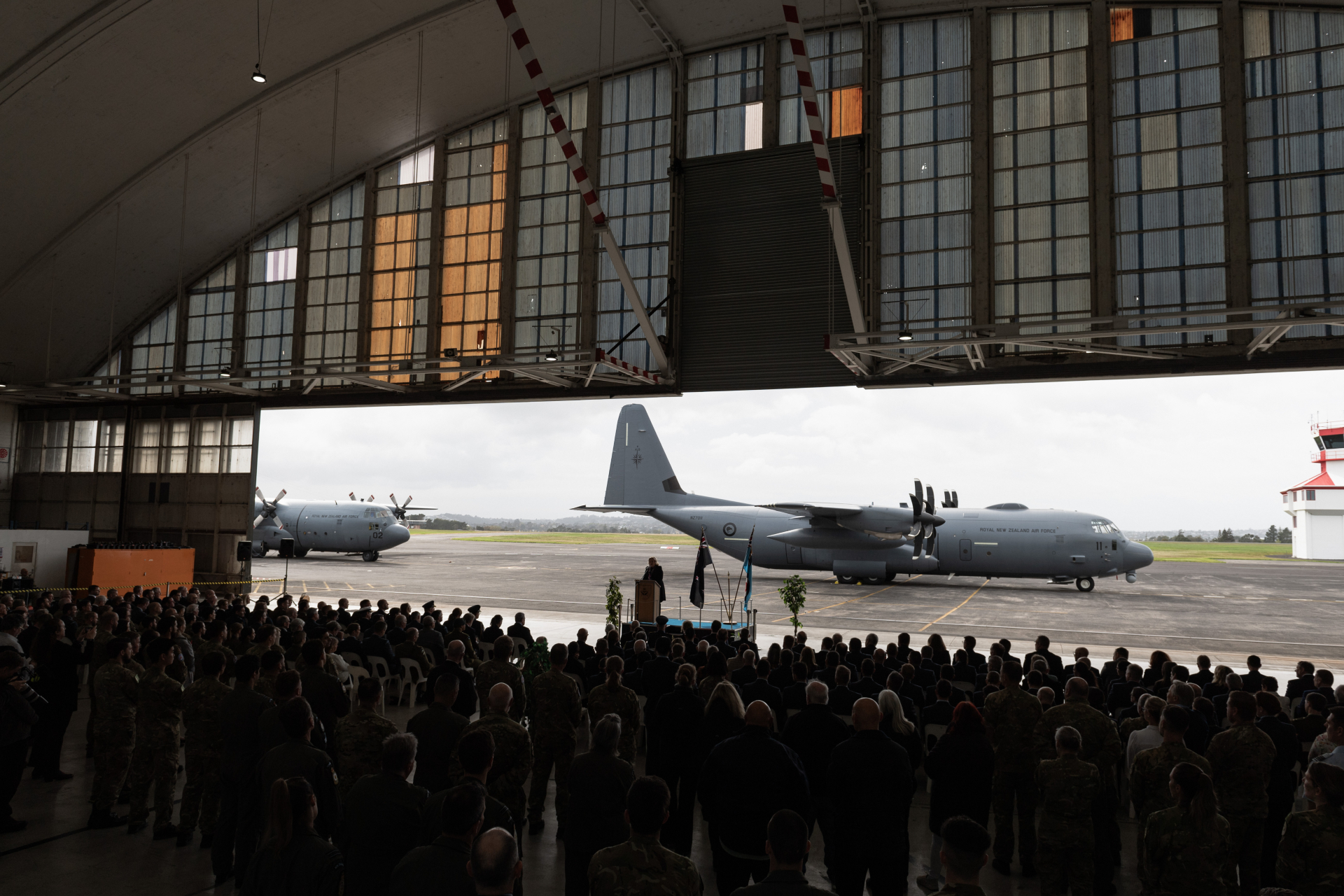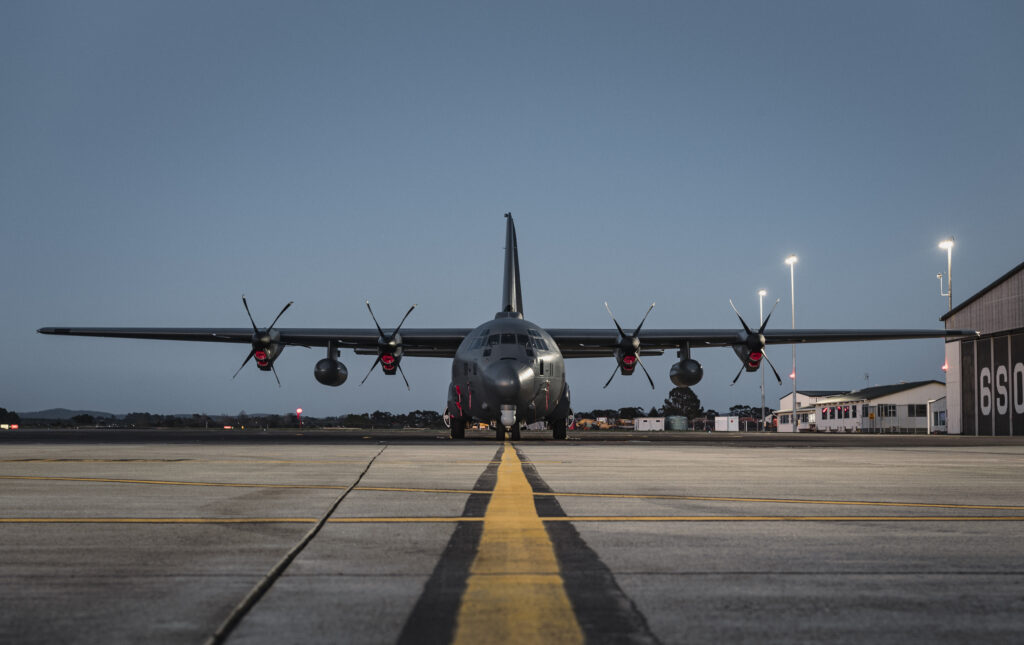The Royal New Zealand Air Force has accepted its fourth C-130J-30 Super Hercules transport aircraft in Whenuapai.
This handover is the continuation of a 1.5-billion New Zealand dollar ($899.9 million) program to acquire five C-130J-30s to replace the service’s C-130H fleet, operational since the 1960s.
Wellington’s latest cargo planes will be assigned to the 40 Squadron at the RNZAF Base Auckland, Whenuapai, from where they will deploy for domestic and international military missions as well as humanitarian tasks.
C-130 developer Lockheed Martin delivered the initiative’s second and third Super Hercules in September 2024. The company is expected to ship the fifth and final aircraft later this year.


“From day one, the first three new Hercules have been put to work, moving freight and personnel around New Zealand and the South Pacific,” New Zealand Ministry of Defence – Capability Delivery Deputy Secretary Sarah Minson stated.
“By the end of the year, all five new aircraft in the fleet will have touched down in New Zealand, and a number will be carrying out missions to Antarctica, transporting people and equipment over summer for the Government’s Antarctica programme.”
Simulator in 2025
New Zealand’s defense agency is still building the center for the C-130J-30 replica cockpit at Base Auckland, which will assist the air force’s Super Hercules aircrew training.
Materials for construction include 730 tons of tilt slabs sourced from South Auckland and delivered overnight.
The simulator will be transported to the country in 2025 after its assembly in Montreal, Canada, and Florida. Until the technology’s arrival, the Royal New Zealand Air Force’s Super Hercules students will receive preparations with partner nations’ trainers.
“The building is nearly 16 metres (52 feet) high and has 26 piles that were drilled 21 metres (69 feet) deep to reach the bedrock, to provide a stable base for the full-motion flight simulator,” Minson stated.


